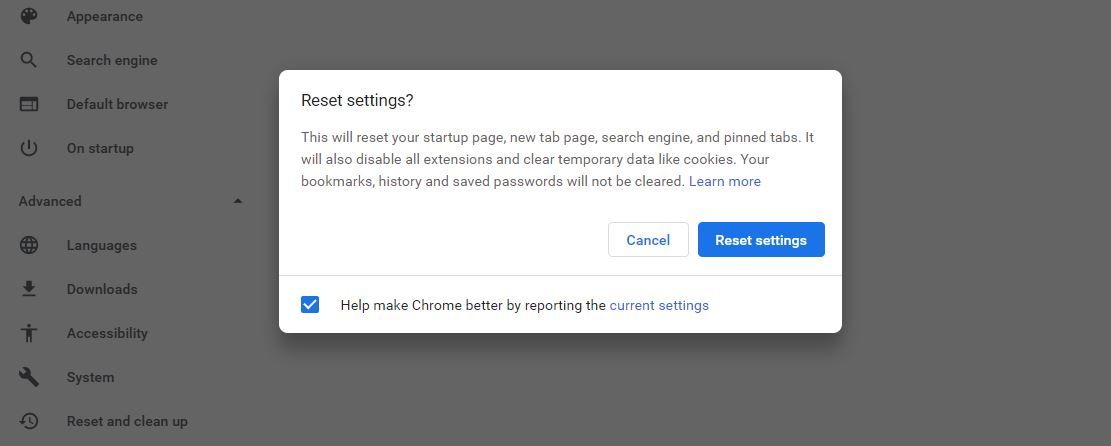

This will cause any PDF file to automatically save to your computer instead of using Chrome's inline PDF viewer. This article will show you how to stop Chrome from automatically opening up PDF documents in their Chrome web browser. Turn on the Download PDF files instead of automatically opening them in Chrome option The PDFs are not populated by default because Adobe implemented a new security feature to prevent certain PDF properties from displaying by default as they could contain malicious content.Under Privacy and Security, click on Site Settings (or search for " PDF" in the settings search bar).Type chrome:settings in the address bar.LiveCycle Reader Extensions is a LiveCycle Server module that needs to be licensed from Adobe separately from Acrobat. LiveCycle Reader Extensions will do a complete extension of your XFA PDF. To turn off in-line PDF viewing in Chrome you need to: There are two tools you can use to extend a form: Adobe Acrobat will do a partial Reader extension of your PDF form. In later versions of Chrome, you can no longer access plugins as described above. After it is installed, next time you export the report to PDF, Chrome will invoke the Adobe Reader instead. Otherwise, it will ask you to install it. The Adobe Reader plug-in will automatically be enabled, if you have it installed already. click Disable in the entry for “ Chrome PDF Viewer.”.That is most likely because the default is set to Chrome's built-in PDF Reader. If you run the report in IE and Firefox the same way, the hyperlink in the PDF report works fine. When you export it to PDF by clicking Export -> As PDF, the hyperlink in the report does not work. In addition, she provides innovative lesson ideas that you can implement into your own curriculum.You are running a report from the JasperReports Server Repository in Chrome. Drawing from her in-depth knowledge of technology in the classroom Hella writes about teaching strategies and useful resources that can benefit your practice. Hella's contribution to the blog includes entries about the importance of technology integration. Her lifelong commitment to teaching and learning was acknowledged when she was honored as the recipient of the Prime Minister’s Award for Teaching Excellence in Science, Technology, and Mathematics. In recent years she taught the Computer in the Classroom course, at York University. To inspire teachers to use technology, she has led sessions for the Touch Technology program, ran workshops at education conferences, and sat on numerous advisory committees related to technology-issues.

As a pioneer of technology integration in Ontario public schools she was one of the first teachers to introduce the internet, video conferencing, web design, and multimedia learning activities to teachers and students in the Halton Board. Hella Comat is a dedicated professional, who has taught in the education system for more than 30 years.


 0 kommentar(er)
0 kommentar(er)
